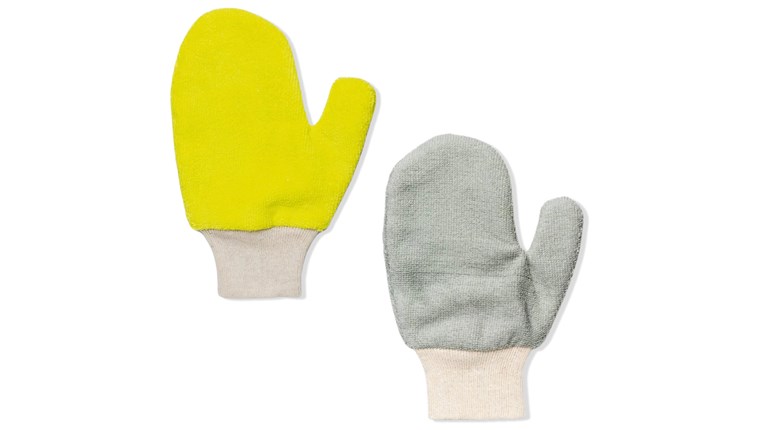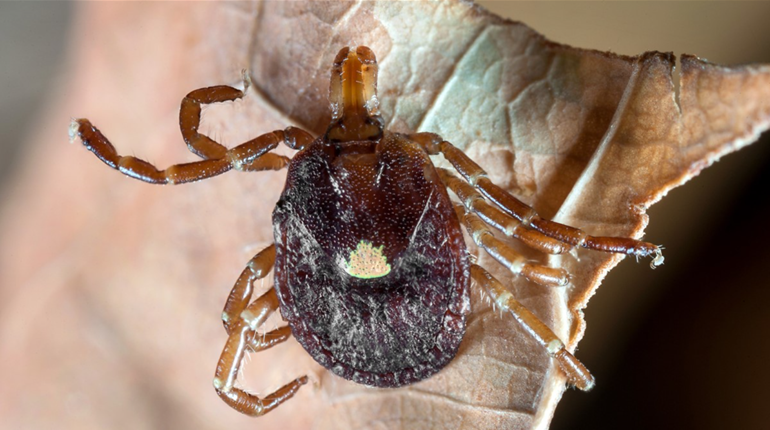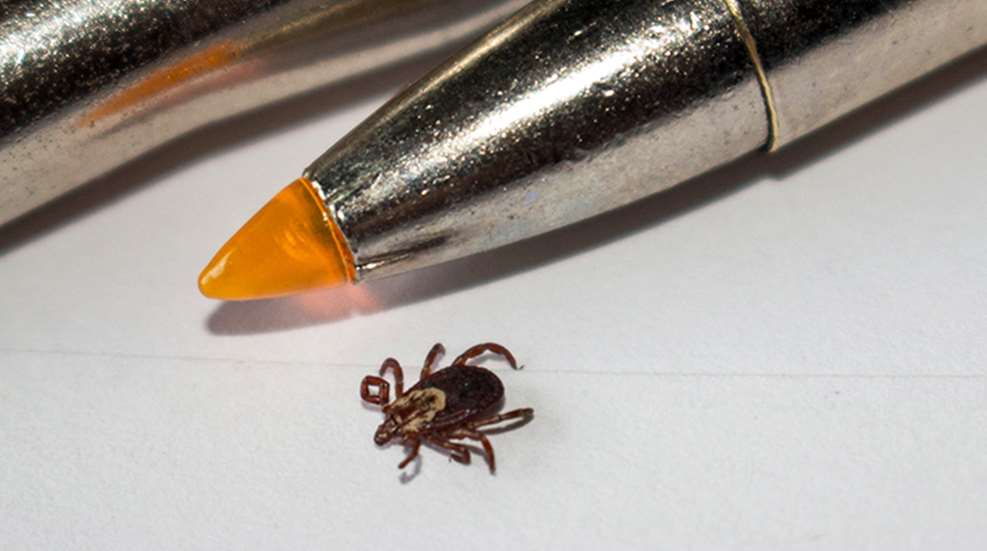
I sat on watch for deer in my favorite patch of hardwoods, enjoying the sun on the yellow hickory leaves, and watching and listening for any sound of the whitetail buck I had patterned in this patch of woods. Hearing the faint crunch of leaves, my hopes rose, in spite of the itch on the side of my neck. Focused, I quickly determined the crunch was nothing more than a hungry gray squirrel in search of sustenance, but the itch on my neck soon had my undivided attention; it was one of five deer ticks crawling on my chest, neck and head.
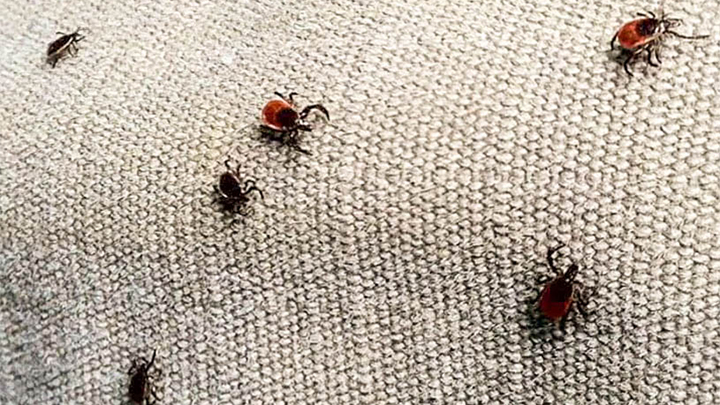
The deer tick or black-legged tics—Ixodes scapularis—is the scourge of my world. The tiny demon has wreaked havoc with my health, as well as that of my family, friends, dogs and more. Let’s get this out of the way first: I am not a medical doctor, nor did I stay at a Holiday Inn Express in the recent past. I am, however, an avid outdoorsman who enjoys hunting big and small game in my native state of New York as well as around the globe; in addition, I am, professionally, a licensed Land Surveyor who works outside twelve months of the year. I have probably been bitten or stung by most of what New York has to offer, with the exception of the poisonous snakes. That said, I’ll take whatever mixture of mosquitoes, deer flies and black flies you choose over the damnable deer tick.
I started my apprenticeship working for my father in 1983, at 11 years old, and clearly remember that the only ticks we ever came across were the brown dog ticks, which would fall off the hunting dogs, swollen with blood. Simply put, ticks were not an issue, and Lyme, Conn., was just a town in my neighboring state. Though the disease was named and its symptoms were identified in the late 1970s, it would take another decade for the little arachnids to become a problem for surveyors, sportsmen and hikers in the Hudson Valley of New York. Once they reared their ugly heads, life changed forever.
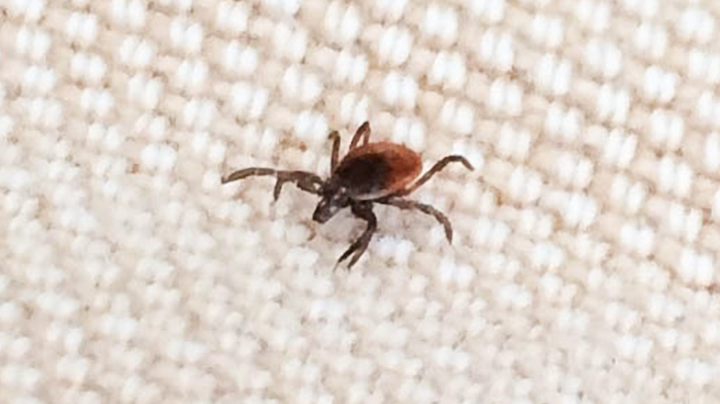
Once it sinks its barbed capitulum into your body, the tick begins to suck blood and can transmit a bacterial spirochete which is the cause of Lyme disease (syphilis is also caused by a spirochete). Fever, fatigue, joint aches, Bell’s palsy and blurred vision are all symptoms of Lyme disease, and when left untreated, it can cause heart damage, as it did in my late mother. In extreme cases, as happened to my wife, deer ticks can cause meningitis; she needed a PICC line to pump antibiotics to bring her back to health. In addition to the dreaded Lyme disease, the deer tick can transmit ehrlichia, babesiosis, anaplasmosis and a bucket-load of other bacterial diseases.
Many of these can be arrested with the use of antibiotics—but like a bad tattoo, you keep Lyme disease forever—however the worst of the transmitted diseases is the newly-discovered Powassan virus. I almost lost one of my best friends to this terrible affliction, as his brain swelled to the point where he didn’t recognize loved ones, and the medical team had no choice but to induce a coma. It was touch-and-go for days, but I’m eternally grateful that he pulled through relatively unscathed, though the survival rate hovers at around 50 percent. Again, I’m no doctor, but these are real-world experiences brought on by the tiny demons.
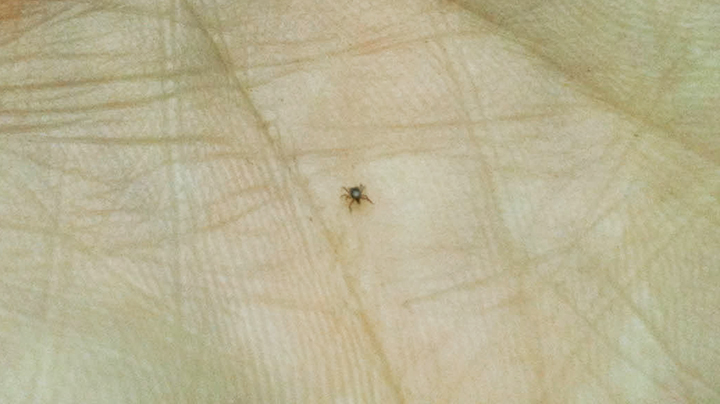
The deer tick isn’t the only culprit; the Lone Star tick can give an allergy to red meat (that is simply rude) and the Rocky Mountain Spotted Wood tick can deliver the famous associated fever. Bottom line is that no tick bite is good. Working and hunting here in the Hudson Valley of New York, it isn’t a matter of if you’ll get bit, it’s how many times. I average about 40 to 50 bites annually, but I am much higher than the average person. Some days there are no ticks to be found, others, the number brushed off my clothing can number in the hundreds. And, as if the adults weren’t enough to deal with, the nymph hatch can be a downright misery, as they’re no bigger than pepper flakes.
I've had eight separate issues with Lyme disease, and every day I’m reminded of the joint fatigue and aches that are associated with it. My dad and I loved to run beagles for cottontails, but on several occasions, we’d have to assist his dogs out onto the lawn to relieve themselves, as the Lyme disease would render their back legs useless for a time, until the vet prescribed the proper medication.
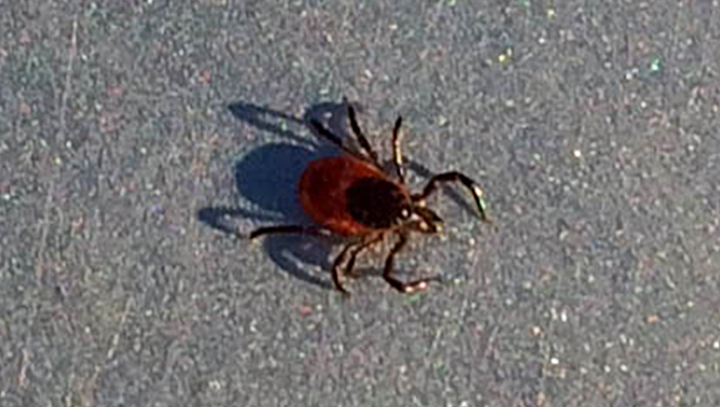
The best kind of tick bite is no tick bite at all; but these days it seems that is nearly unavoidable if you spend any amount of time outdoors. I've had surveying clients tell me they have never seen a tick before, as “they just don’t bother with me,” only to point out a half dozen on their clothes as I show them their property boundaries. The tick is indiscriminate, and simply looks for a warm-blooded host.
Ticks seem to be affected by moisture, as during times of drought they will all but disappear, only to come back with a vengeance with the next rains. Cold temperature seems to cause them to go dormant, though it doesn’t kill them; we once put a bunch of deer ticks in a film canister, put that in the freezer for four months, only to watch them reanimate once they thawed. A tick will sit on the end of a branch or blade of grass and drop onto the first warm creature it senses. With humans, they will climb upward until they meet resistance and then they’ll start to burrow; so if they get under the pants cuff, they may meet resistance at the back of the knee, or worse, at the underwear line. If they climb up the pants, an un-tucked shirt offers the belly as a huge target, and once you get back in the car, the geometry changes and you may look in the rear-view mirror to finds a facial mole you didn’t have moments before.
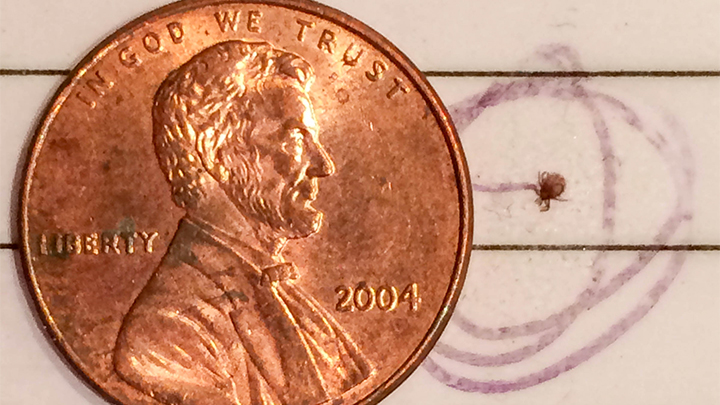
Prevention is a big part of combating tick problems, both for humans and dogs alike. For dogs, the preventative collars, like Seresto, can be wonderfully effective, and there are a number of wipe-on solutions like Frontline, though thorough and rigorous inspection is still needed. Should your pet exhibit symptoms of a tick-borne illness—lameness is an immediate indicator—consult your vet immediately.
For us humans, there are many different products offered to prevent ticks from attacking. When I was younger, we used 100 percent Deet, and boy, it worked well. It also took the paint off of vehicles, and melted the plastic machete handles to the point where they were unusable. The Duranon spray also works, but I must strongly advise against over-application, as if it soaks through your clothing, it can blister your skin. Many hunters will soak their outer layer of hunting clothing, keeping them isolated for the season, and that may work fine. For my line of work, and for those who spend a great amount of time in the hunting fields, repeated application may be necessary. Duranon’s active ingredient is permethrin, and you must be careful when applying it. I’ve accidently inhaled some when applying it for work and my nose began to run uncontrollably; cleaned out the sinuses, for sure. But make no mistake, permethrin flat out destroys ticks. If you don’t like the side effects—or the odor when hunting—there are other options.
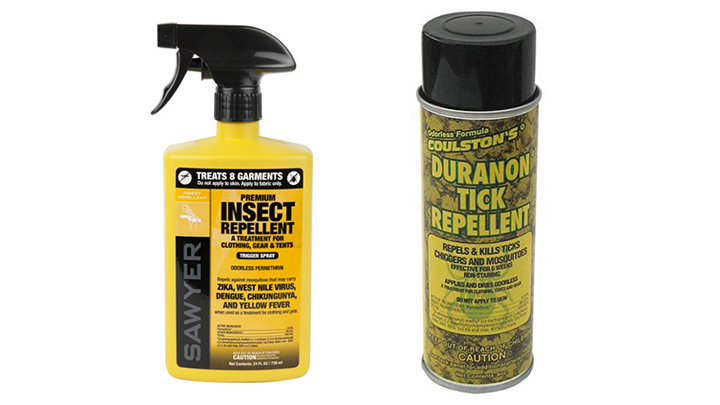
Picaridin is another agent which will repel ticks. Ranger Ready makes a scentless repellant which contains 20 percent picaridin for protection against both ticks and mosquitoes, as well as other earthy scents which are less foreign smelling. For a higher level of protection, they have a pump spray which contains a mild amount of permethrin, designed to treat clothing and gear. Ranger Ready, and a number of other companies, will claim that these products will remain effective for 20 to 40 days, though my experiences have shown they don’t last quite that long. I wish they did.

If you find a tick crawling on you, simply remove it and crush it. If you find one embedded in your skin, use a good set of tweezers to grab it as close to your skin as possible and pull upward. If the head breaks off, you may want to consult a medical professional to avoid infection. Should you see the classic red bullseye rash surrounding the bite site, definitely seek medical attention. It is worth noting that of the eight times I've needed antibiotics for Lyme disease, the bullseye rash only presented itself three times. The sooner you can get the tick out, the better, as it reduces the chances of transmitting diseases are significantly lowered.
I know a good number of hunters who’ve hung their rifles and shotguns up due to the ticks and their associated diseases, and that’s a shame. With prevention and thorough examination once in from the hunting fields, the little demons can be managed, and you can continue to make fantastic hunting and fishing memories for years to come. Knowledge is power, and the more you can educate yourself, the less your chances of catching one of the terrible tick-borne diseases. I truly hope the respective Fish & Game Departments, Parks & Wildlife, Departments of Environmental Conservation and Departments of Natural Resources make the tick a priority in the near future, and we can get the scourge under control.













